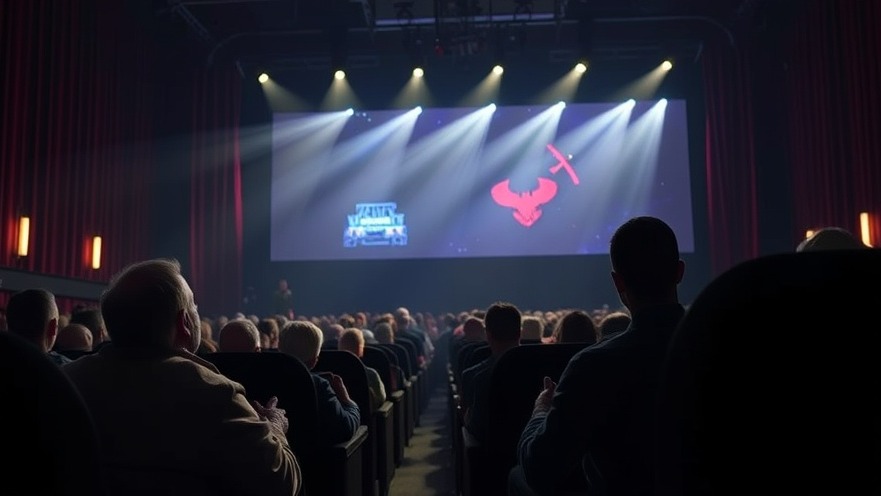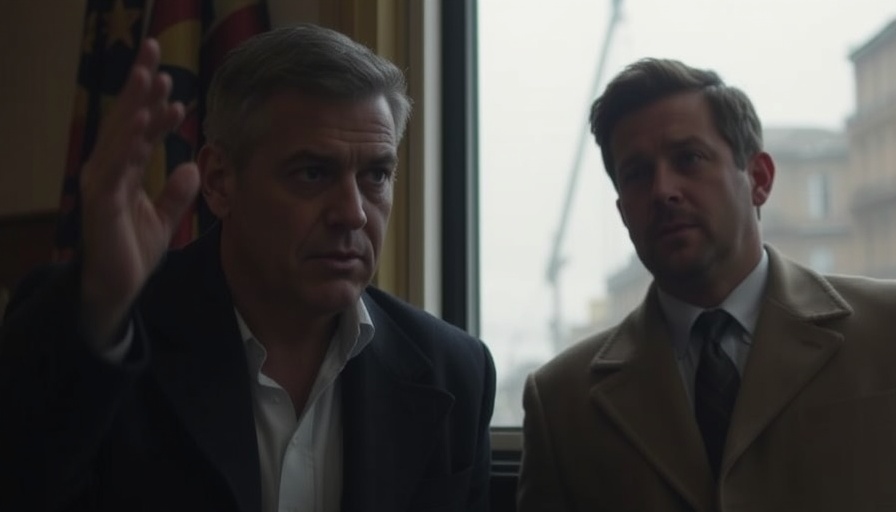
The Curse of Cliffhanger Endings in Modern Cinema
The long-awaited sequel, The Old Guard 2, showcases a growing trend in Hollywood: the cliffhanger ending. While such conclusions often leave room for anticipation, they also leave audiences feeling frustrated, especially when no clear resolution is provided. In this case, viewers are left hanging, their expectations unmet, as the film ends abruptly without a true climax, leaving the door wide open for an uncertain sequel.
The Disconnect Between Expectations and Reality
While franchises like Star Wars and the Marvel Cinematic Universe have successfully utilized this method to build suspense, The Old Guard 2 fails to deliver a satisfying experience. Charlize Theron's character, Andy, ends the film without a true victory or resolution. Instead, she and her companions venture off to save their comrades, but the film concludes just as the viewer anticipates a larger showdown. This abrupt departure from traditional cinematic storytelling terms raises questions: how do filmmakers navigate the line between creating suspense and leaving audiences dissatisfied?
Historical Context: The Evolution of Movie Sequences
Historically, Hollywood has often gravitated toward sequels, reboots, and franchises, leveraging proven success to encourage viewers back to theaters. Yet the craft of cliffhanger endings has evolved. In the late 20th century, films would typically conclude their arcs within their runtime, providing a sense of closure. It was only with sequels like The Empire Strikes Back that the cliffhanger format gained traction as a narrative tool, leaving audiences eager for follow-ups. However, the potential pitfalls were underestimated, leading to projects like The Old Guard 2, which may not have a follow-up, risking audience investment.
Current Trends: Widening the Gap Between Production and Audience Expectation
The desire to create an elaborate cinematic universe is clear, yet it creates an imbalance between production timelines and audience anticipation. The Old Guard 2 took years to come to fruition, resulting in a significant gap between the first movie's release and its sequel. This delay can cause viewers to lose interest or, worse, feel disconnected from the characters. A recent trend in the entertainment industry shows that studios must invest not just in production but in maintaining audience engagement as well.
Emotional Impact: The Viewer's Journey
The emotional weight carried by cliffhanger endings can be profound. They promise excitement, suspense, and a glimpse into the future. However, when these promises are not fulfilled, it can lead to disillusionment. The abrupt end of The Old Guard 2 embodies this frustration for viewers who were eager to see character development and resolutions. As digital nomads often value storytelling that connects cultures and experiences, this narrative arc can feel hollow when left unfinished.
Best Practices for Filmmakers: Balancing Anticipation and Satisfaction
Filmmakers must tread carefully while crafting narratives within large universes. Viewers crave multifaceted stories that honor character development while skillfully incorporating suspense. Practical storytelling may involve clear planning for future installments or ensuring that cliffhanger endings feel earned rather than manufactured. In this way, filmmakers can maintain audience loyalty while satisfying the hunger for depth and engagement.
Actionable Insights for Viewers
For audiences, especially those who share a passion for culture and storytelling, understanding the craft of filmmaking can help manage expectations. Knowing that cliffhanger endings often signify future installments can alleviate frustration, transforming disappointment into a thoughtful anticipation. This perspective can enhance the viewing experience and foster a deeper appreciation for cinematic arts.
Ultimately, the curse of the cliffhanger in films like The Old Guard 2 highlights a broader conversation about storytelling in modern cinema. As we move forward, balancing suspense with narrative satisfaction will become essential for filmmakers seeking to engage modern audiences.
 Add Row
Add Row  Add
Add 




Write A Comment